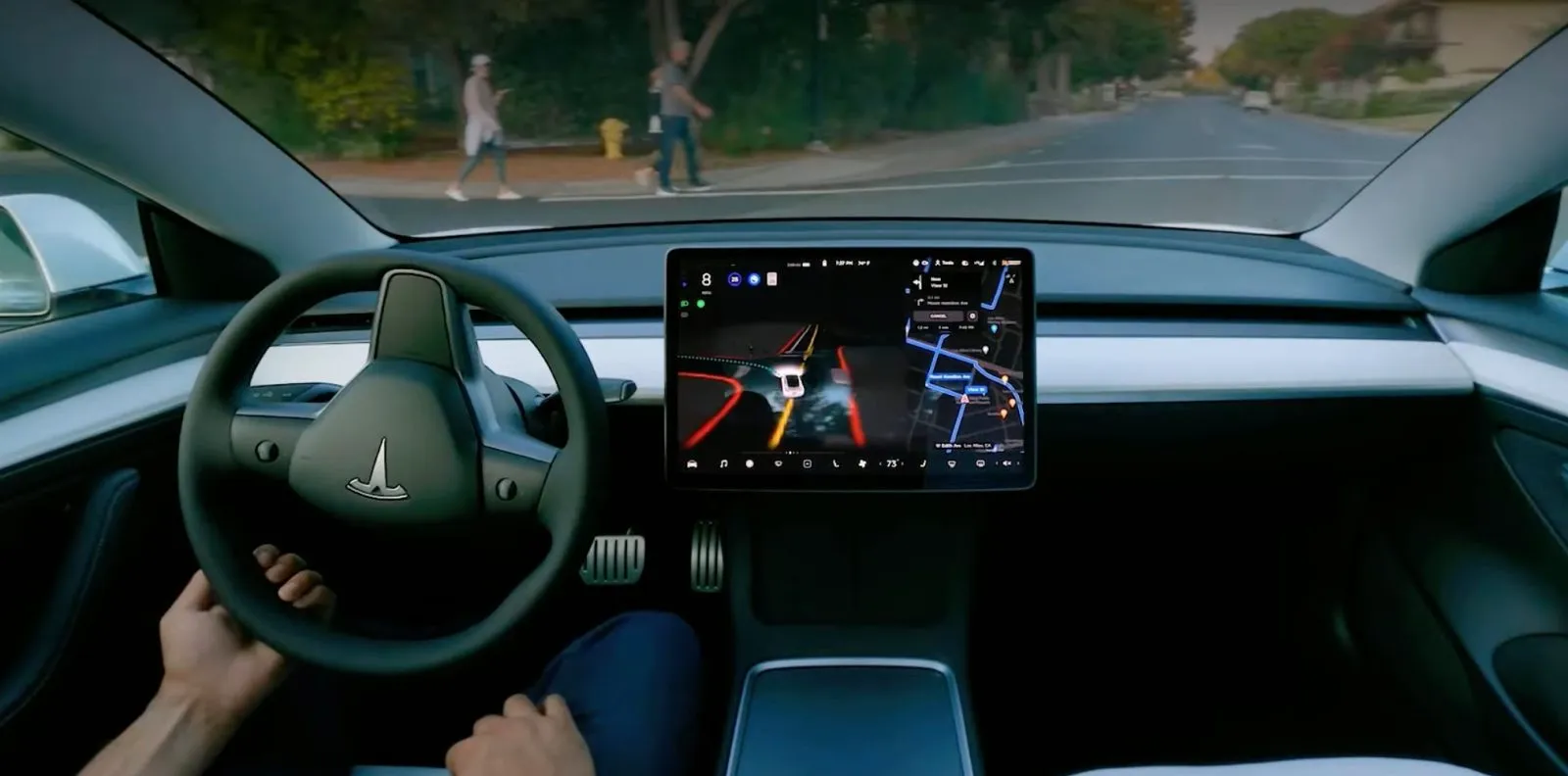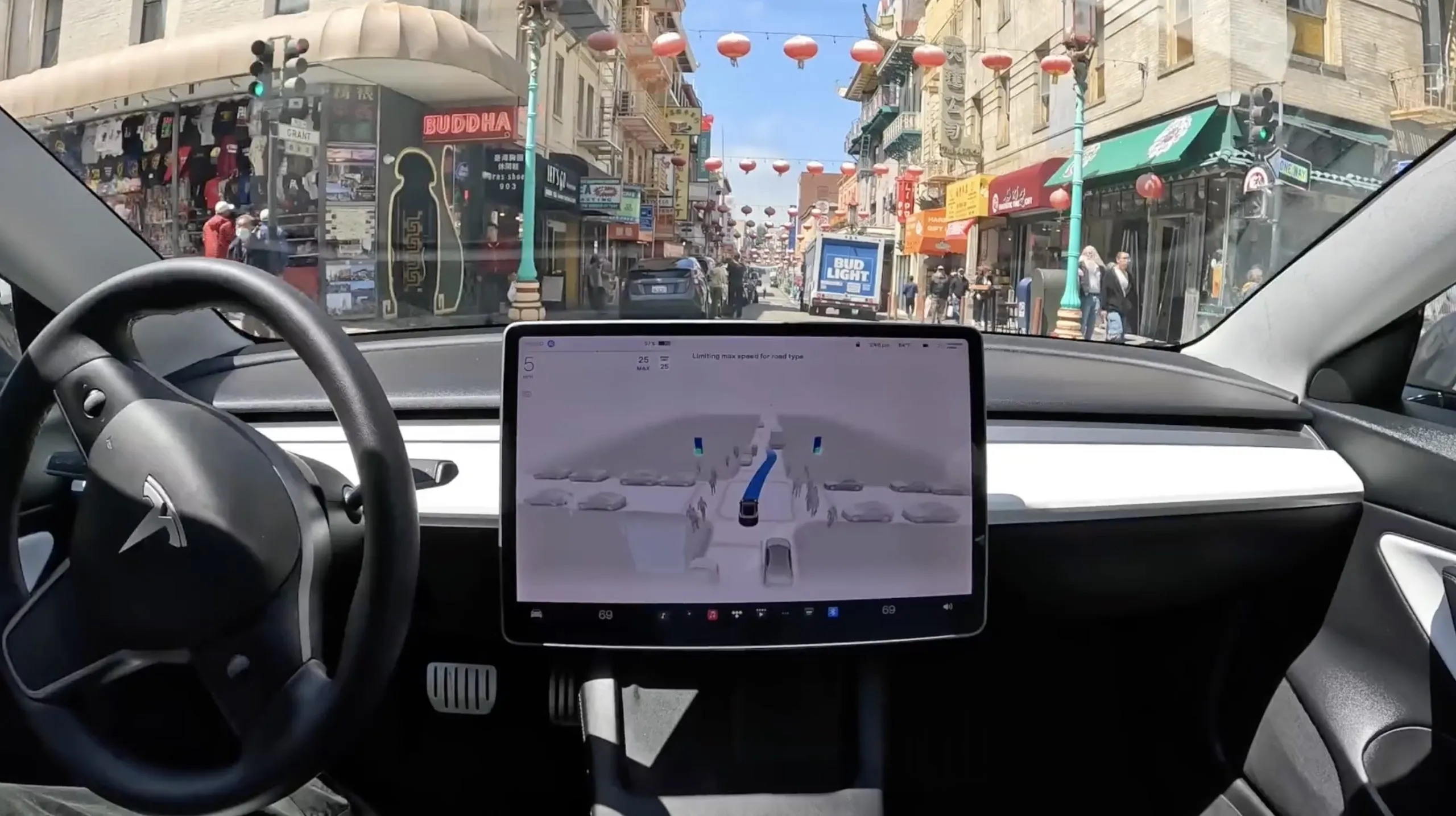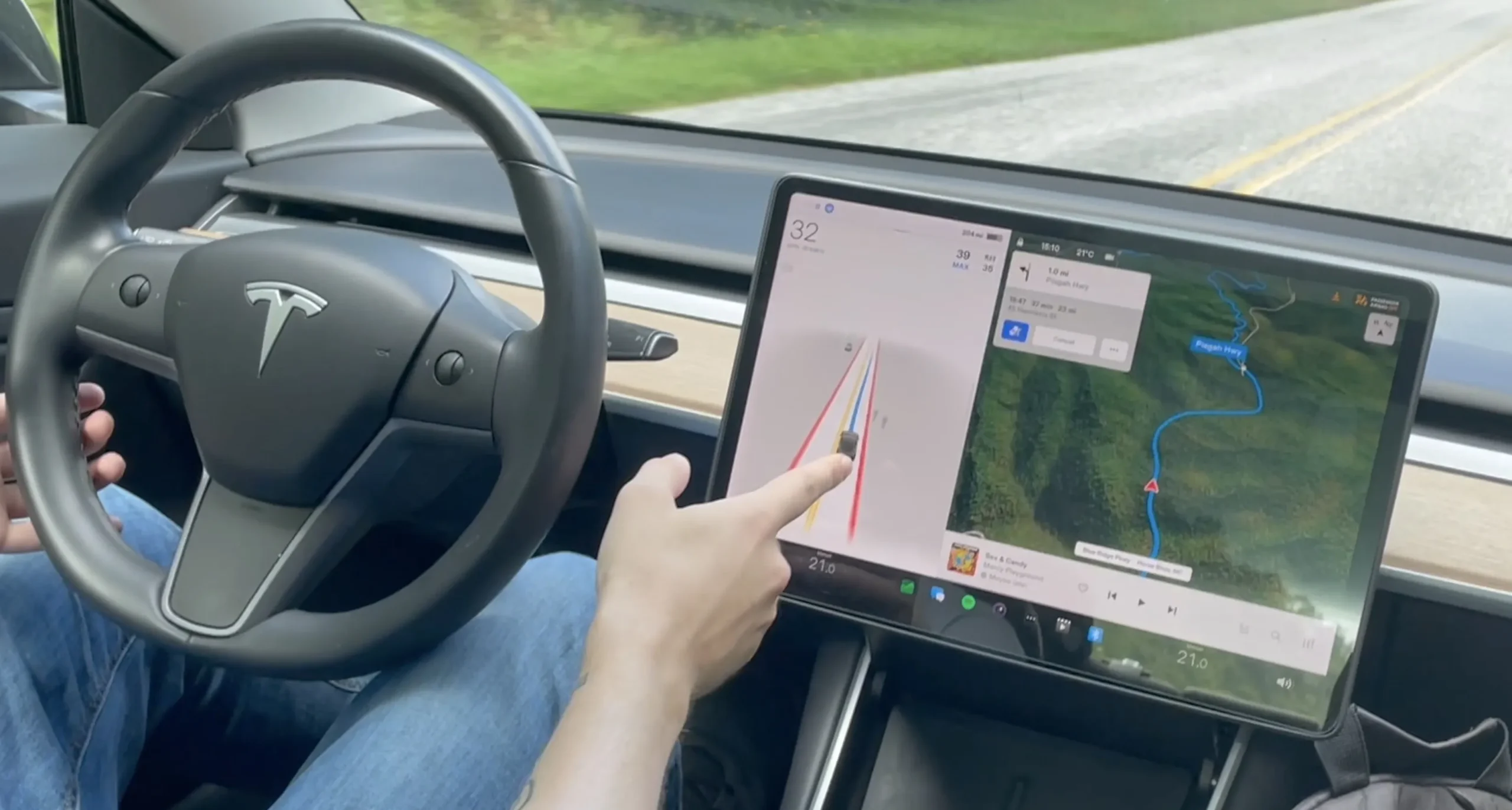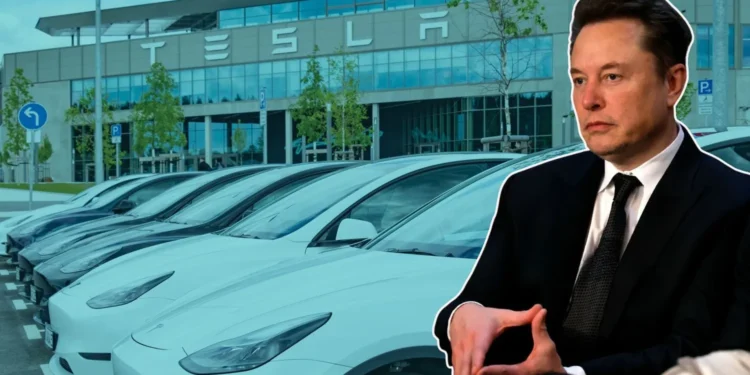Tesla and Elon Musk are no strangers to ambitious claims, especially when it comes to the realm of autonomous driving. Recently, Musk praised updates to Tesla’s Full Self-Driving (FSD) software, particularly versions 12.4 and 12.5, suggesting they would drastically reduce the need for human intervention. He boldly claimed these updates would enable the cars to drive “5 to 10x more miles per intervention.” Yet, despite such optimistic projections, the actual data presents a far less rosy scenario.
Critics and analysts have long scrutinized Musk’s timeline for achieving fully autonomous driving, citing a pattern of missed targets. His latest assertion that Tesla is on the brink of perfecting unsupervised self-driving capabilities seems to be yet another overreach, according to available data. Indeed, it appears Tesla is still several years away from this milestone, contrary to Musk’s optimistic timeline suggesting imminent breakthroughs.

The Disparity Between Claims and Data
Tesla’s reluctance to release detailed data about the progress of its FSD capabilities further complicates the picture. Instead, the company has occasionally mentioned improvements in “miles between necessary disengagement” — a metric used to track how frequently human drivers need to take control from the FSD system. However, without the actual data to back these claims, the public relies mostly on crowdsourced information, which paints a different picture than the one Musk portrays.
For instance, the crowdsourced data for FSD 12.5 indicated an average of 183 miles between critical disengagements. This figure is a far cry from the “5 to 10x” improvement Musk touted if compared to previous versions like FSD 12.3, which recorded 228 miles between disengagements. This inconsistency raises questions about the actual progress Tesla has made in its FSD technology.
The recent release of FSD v13 was anticipated to bring significant improvements, boasting “5 to 6x improved miles between necessary interventions” compared to v12.5. Yet, the reality, as per the latest data, shows an average of 493 miles between critical disengagements — a substantial improvement, but still markedly short of the company’s predictions.

Musk’s Misrepresentation: A Pattern?
This isn’t the first time Musk has faced criticism for possibly misrepresenting data to foster a more favorable view of Tesla’s technological capabilities. His focus on selectively highlighting highway miles data, where Tesla has made the least updates, suggests a strategic cherry-picking of information that underscores the best results while ignoring broader challenges, especially in city driving scenarios.
Ashok Elluswamy, head of FSD at Tesla, outlined that for Tesla to enable unsupervised self-driving, it needs to reach an average of 670,000 miles between critical interventions — a standard akin to human driving metrics. Current figures are a stark contrast to this requirement, which makes Musk’s projection of achieving full autonomy by “q2 2025” seem increasingly unrealistic.
The Broader Impact of Overstated Claims
Beyond the technical discrepancies, there’s a broader consequence to Musk’s ambitious claims. They not only influence public perception but also potentially affect customer decisions. Many customers might feel enticed to purchase the $15,000 FSD package expecting near-term full autonomy, a promise that, as data suggests, Tesla is unlikely to fulfill anytime soon.
Moreover, the overstatement of capabilities can be seen as part of a broader strategy to maintain investor interest and market enthusiasm around Tesla’s shares, arguably portraying the vehicles as appreciating assets due to technological advancements.

While the technological strides made by Tesla’s FSD are indeed commendable, the gap between public representation and actual performance is significant. This disconnect not only fuels skepticism but also prompts a reassessment of how autonomous driving technology is communicated to the public. Transparency and accuracy in reporting advancements will be crucial as Tesla continues to develop its self-driving technology, especially if it aims to build trust and meet regulatory standards for full autonomy.










